"Apple has a proven record of taking share while simultaneously expanding the markets it pursues," analyst Katy Huberty advised clients in a report issued Wednesday. "Similar to how Nintendo reignited video game interest in 2006, we believe the iPhone’s lowered price point will be central to growing an installed base primed for content purchases."
In particular, Huberty foresees "healthy" margins coming from Apple's new MobileMe and App Store services, both of which are closely tied to its iPhone 3G product plans. Therefore, she said, its most suitable to compare they Cupertino-based company's ambitions the "console+games model" of Nintendo rather than any other high-tech hardware firm.
Based around that thinking, the investment banking analyst has formed a new three-tier case scenario for shares of Apple during the 2009 calendar year. Her base case — or most plausible model — estimates that sales of 27 million iPhones will drive the company's annual revenues beyond $42 billion and its per-share earnings to $7.50. To arrive at her new 12-month price target of $210 per share (up from $185), she applied a 28 times price to earnings multiple, or what she calls the midpoint of where companies like Nintendo have historically traded.
Central to Huberty's thesis is that Apple will generate average revenues of $550 for every iPhone 3G it sells, assuming 8.5 percent of buyers attach the company's new $99 per-year MobileMe service and one out of two iPhone owners also pays to download one application per year from the Apps Store where Apple keeps 30 percent of the revenues. Those estimations are likely conservative, she notes, as the iPhone's related software and services business has potential for higher sales and margins over time.
More broadly, the analyst's base case scenario estimates that iPhone 3G will help Apple capture 12 percent of the worldwide smartphone market in 2009, up from 3 percent in 2007, and that its Mac unit share hits 4.1 percent, up from 2.9 percent in 2007.
Huberty's more bullish scenario assumes Apple shares will trade at a 30 times multiple to calendar year 2009 earnings, helped by a Mac share that edges higher to 4.5 percent and the company's slice of the global smartphone market hits 14 percent. In this scenario, which would have shares trading at $278, related services and software sales penetration from MobileMe and the App Store would help grow the company's revenues 37 percent, "with roughly twice the base case 2009 operating margin expansion."
"Apple's share price could benefit from the news flow during the 22-country iPhone launch on July 11th (similar to the 2G launch last year)," the Morgan Stanley analyst added. "In [the third quarter], focus shifts to back-to-school driven Mac sales, for which we maintain our unit growth forecast of 46 percent year-over-year."
 Slash Lane
Slash Lane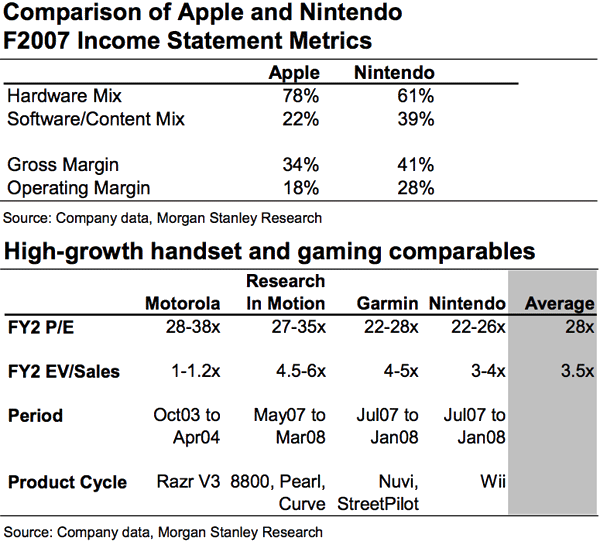
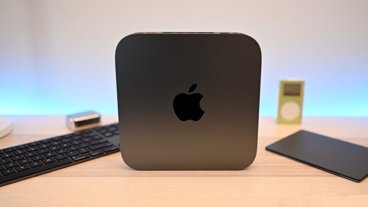
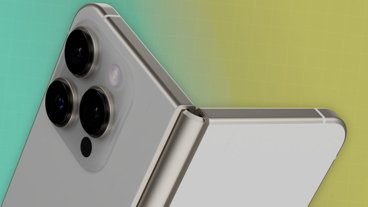

-xl-m.jpg)



-m.jpg)






 Marko Zivkovic
Marko Zivkovic
 Malcolm Owen
Malcolm Owen
 Chip Loder
Chip Loder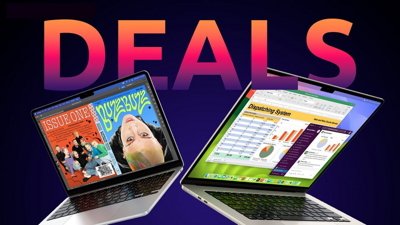
 Christine McKee
Christine McKee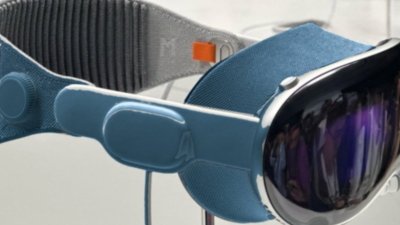
 William Gallagher
William Gallagher
 Amber Neely
Amber Neely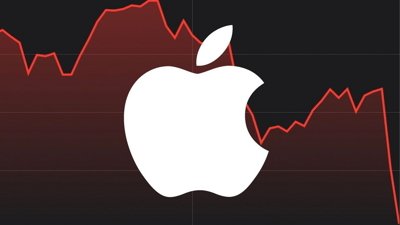

 Andrew Orr
Andrew Orr
-m.jpg)






27 Comments
I wish apple would bundle mobileme in with the monthly fee for iphone.
It annoys me having to pay $99 (or whatever it is i haven't looked recently) a year, but if $4 extra went on my monthly mobile bill (a hidden charge), and marketed to me as if part of the whole iPhone experience, I would think it was great.
I wish apple would bundle mobileme in with the monthly fee for iphone.
It annoys me having to pay $99 (or whatever it is i haven't looked recently) a year, but if $4 extra went on my monthly mobile bill (a hidden charge), and marketed to me as if part of the whole iPhone experience, I would think it was great.
but how would you feel about $8 added to your monthly bill? I would notice that alot more. Additionally, not everyone needs the services of mobile me (some of us have businesses that support our phones).
Apple's iPhone 3G product cycle and high margin revenue from associated services and software can elevate the company's valuation closer to that of Nintendo, says Morgan Stanley, which sees growing similarities between the two firms' business models.
...
To arrive at her new 12-month price target of $210 per share (up from $185), she applied a 28 times price to earnings multiple, or what she calls the midpoint of where companies like Nintendo have historically traded.
The wording of this article is quite misleading. Nintendo's "valuation" is nowhere near Apple's (currently $8.4 billion to Apple's $158 billion). The point of comparison in the quoted analysis is the ratio between valuation and earning.
Another comparison between Apple and Nintendo: Apple does infinitely better at making sure production meets demand. I'm flabbergasted that Wii consoles are still difficult to purchase after all this time.
I wish apple would bundle mobileme in with the monthly fee for iphone.
It annoys me having to pay $99 (or whatever it is i haven't looked recently) a year, but if $4 extra went on my monthly mobile bill (a hidden charge), and marketed to me as if part of the whole iPhone experience, I would think it was great.
$99 != $4 x 12 months. Plus, it's not a feature of the carrier and can be used without an iPhone. Also, if it was ont he carriers as a plan you may pay more per month because of teh nature of stretching out a payment and would probably be subject to all those expensive fees and taxes associated with phone bills.
First, try it out for 60 days for free, if you like it then go to Amazon and pay $70 for it. You ca get it cheaper still on eBay as the vesion of .Mac doesn't matter, it's the activation code inside you want.
The wording of this article is quite misleading. Nintendo's "valuation" is nowhere near Apple's (currently $8.4 billion to Apple's $158 billion). The point of comparison in the quoted analysis is the ratio between valuation and earning.
The comparison is apt. I'm not sure if you read their 2007 revenue, which was $8.2B USD, or read Yen as Dollar, which they had ¥8.4T JPY back in Sept 2007. They are the number 2 company in japan, after Toyota. I think Apple's market cap is about double that of Nintendo.